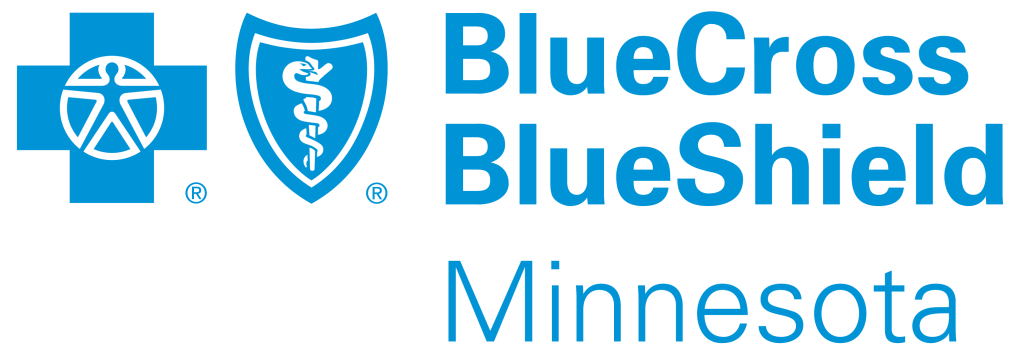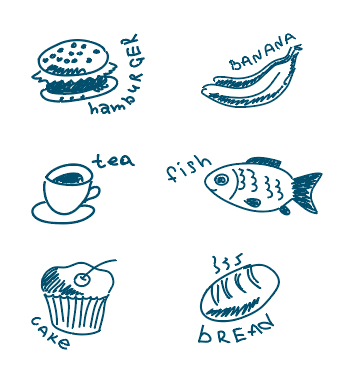Eating right becomes increasingly important as we age and our bodies become more susceptible to chronic conditions, such as diabetes and cardiovascular diseases. Keeping a food diary can help. Whether done with a pen and paper, in an electronic document, or through apps such as Calorific or MyFitnessPal, a food diary allows you to track each food and beverage consumed throughout the day, the associated calories, and notes on each item. The American Heart Association (AHA) offers a free food diary chart for download at http://bit.ly/AHAfood. Fill it out after each meal for the best accuracy and reflect on your eating decisions at the end of each day. A few recommendations from the AHA:
CONTROL HUNGER WITH HEALTHY DECISIONS
Be sure to maintain healthy meals and snacks. Healthy options include fruits and vegetables, whole grains, beans and legumes, nuts and seeds, fish with omega-3 fatty acids or skinless poultry, and low-fat and fat-free dairy. Limit sweets and added sugars (especially sugary drinks), sodium, saturated fat and processed meats. Avoid trans fat and partially hydrogenated oils.
TRACK CALORIES AND ADJUST FOR YOUR LIFESTYLE
The federal government’s most recent Dietary Guidelines for Americans report recommends 1,800 calories a day for somewhat active women over 65 and roughly 2,200 calories a day for somewhat active men over 65. You might need more or fewer calories depending on your lifestyle.
DON’T BREAK THE BANK
The AHA recommends a wide range of affordable healthy foods to ensure you are able to eat right without overspending. Find the list at http://bit.ly/AHAbudget.


